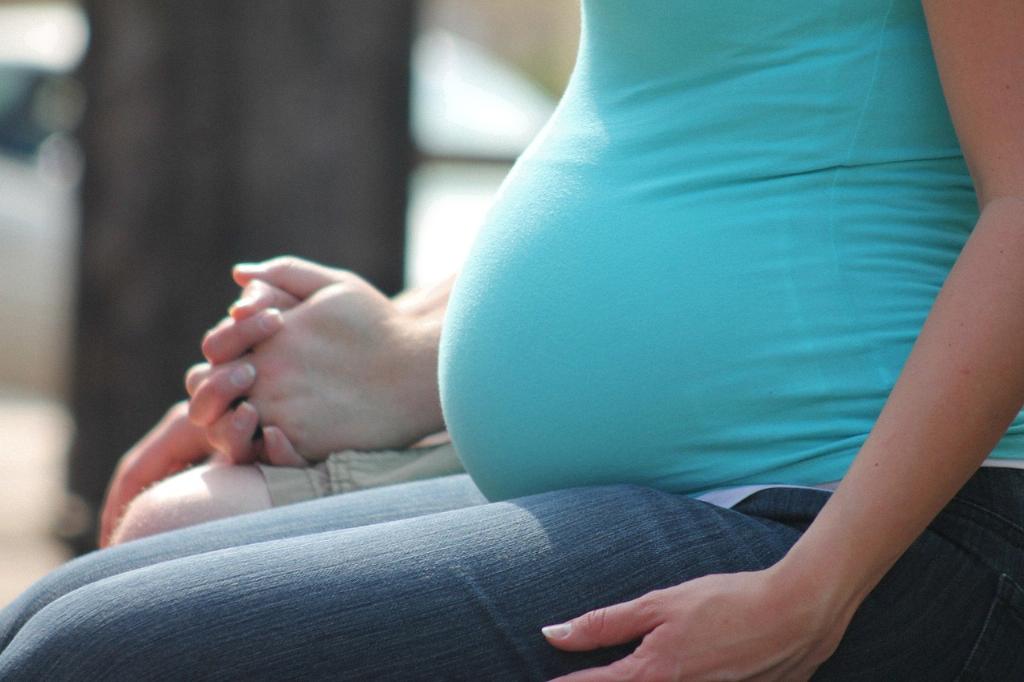When it comes to monitoring the fetal heartbeat during labor and childbirth, understanding the various types of deceleration is crucial. Decelerations refer to temporary decreases in the heart rate of the baby. There are four main types of decelerations that healthcare providers look out for:
1. Early Decelerations
Early decelerations are the first type and are typically considered normal and not alarming. They occur when the baby’s head is being compressed during a contraction. The deceleration mirrors the contraction pattern, meaning the heart rate decreases as the contraction begins and returns to normal as the contraction ends. Early decelerations are a sign of good oxygen supply to the baby.
2. Late Decelerations
On the other hand, late decelerations occur after the peak of the contraction and are concerning. They are associated with uteroplacental insufficiency, which means there is reduced oxygen flow to the baby during contractions. Late decelerations can be a sign of fetal distress and may require medical intervention to address the underlying cause.
3. Variable Decelerations
Variable decelerations are abrupt decreases in the fetal heart rate that are not necessarily related to contractions. They can vary in shape, duration, and timing, making them unpredictable. Variable decelerations are often caused by cord compression, which can lead to temporary disruptions in the baby’s oxygen supply. Monitoring and addressing cord compression promptly are crucial in managing variable decelerations.
4. Prolonged Decelerations
Although not mentioned in the initial facts provided, it’s essential to touch on prolonged decelerations as well. Prolonged decelerations are sustained decreases in the fetal heart rate that last longer than two minutes but less than ten minutes. They can be an indication of severe fetal distress and may require immediate medical attention to prevent further complications.
In conclusion, understanding the different types of decelerations during labor is vital for the timely detection of any potential issues with the baby’s well-being. Early decelerations are generally normal, while late, variable, and prolonged decelerations can indicate underlying problems that need to be addressed promptly by healthcare professionals. Continuous monitoring and appropriate interventions can help ensure the safety and health of both the mother and the baby during childbirth.

